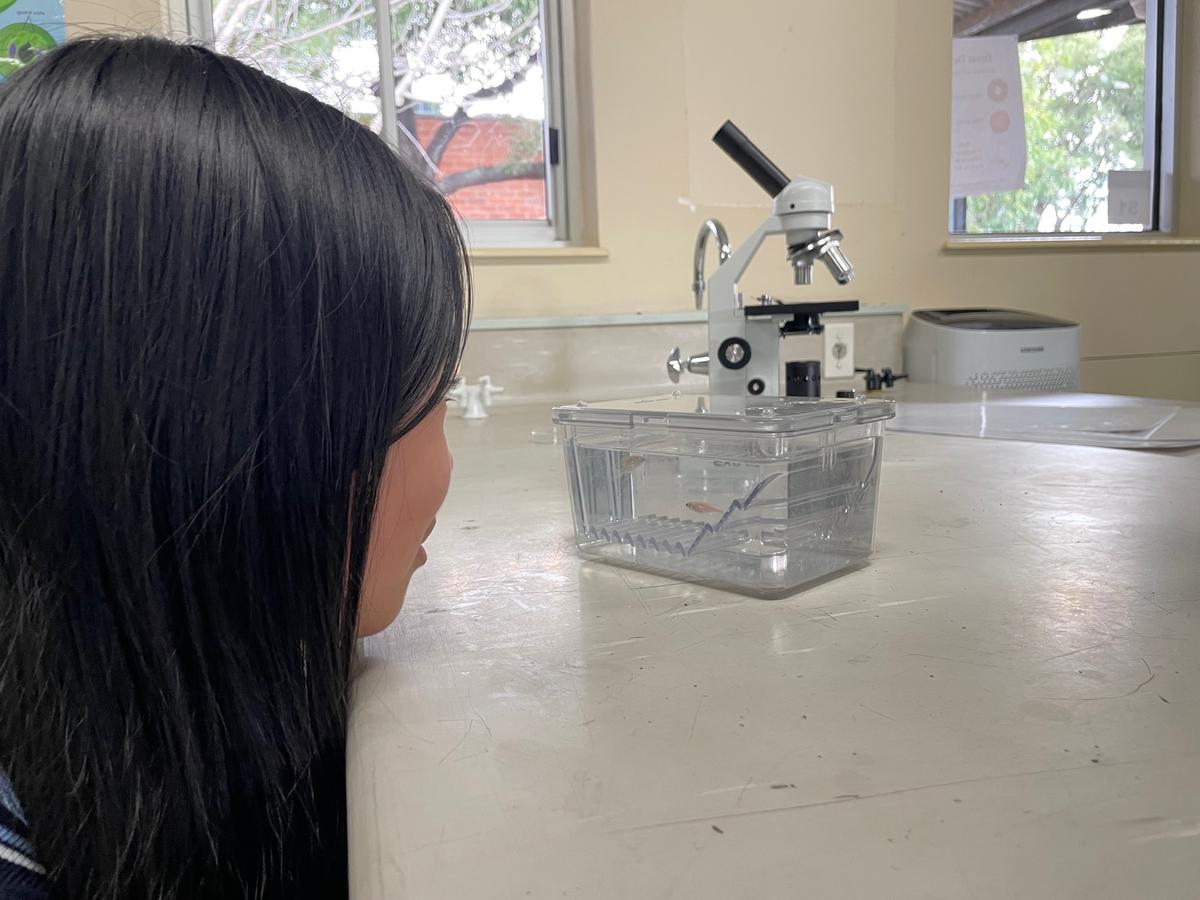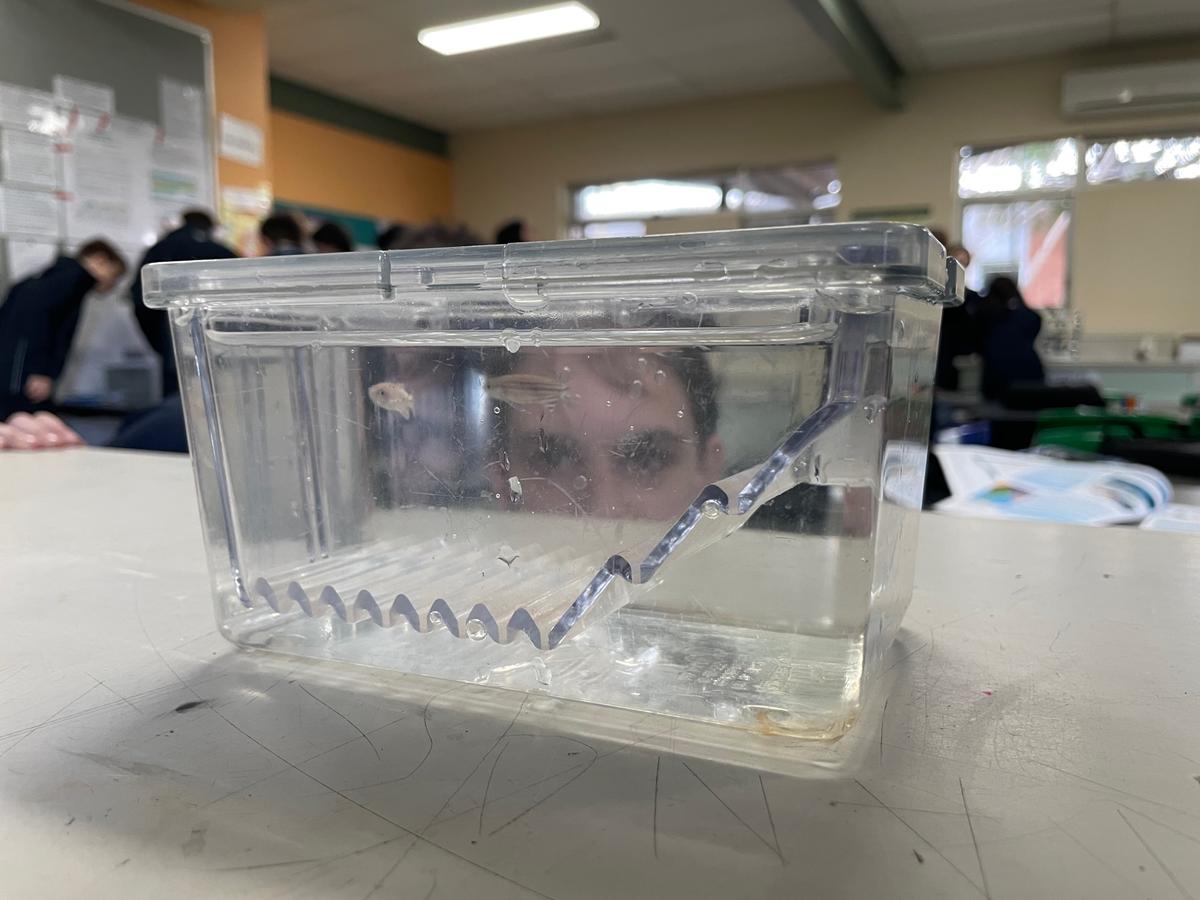BioEYES Australia
- Monash University Experience

BioEYES Australia
- Monash University Experience
On Friday the 4th of August, Science Teacher, Ms. Josephine Postema worked with Monash University to bring a STEM incursion to our college. The program was so successful that we will be conducting further sessions with classes in Term 4.
The Year 7 LEAP class participated in a genetics workshop run by Monash University outreach program BioEYES (run by Monash’s Biomedicine Discovery Institute (BDI) and Australian Regenerative Medicine Institute (ARMI) ).






Students learnt about the field of Biomedicine and how using model organisms such as Zebrafish aid research into biological processes and human diseases. Zebrafish eggs fertilise and develop outside the mother's body, making them an ideal model organism for studying early development. They are also transparent, share about 70% of their genes with humans, have an abundance of stem cells, and can regenerate quickly.
The students began by observing and recording physical differences between two zebrafish (Nacre and Wildtype phenotypes) and made hypotheses about what the offspring will look like.
Students then collected eggs and examined these using microscopes – a new experience for many of the students. They examined different stages of embryonic development and identified different parts of the embryo, like the chorion and the yolk sac.






Students also observed free swimming larvae and, due to the transparent nature of the larvae, were able to observe beating hearts and blood moving through the body. Students were able to deduce, through observation of physical characteristics and completion of a punnet squares (genetic cross), that the Wildtype allele results in a dominant phenotype.
It was great to see all students engaged with the workshop and developing new scientific skills.
Josephine Postema
7J Science Teacher








The Bioeyes Monash University Experience was amazing! We were given an insight more into biomedical science and were required to use new, interesting skills. At the incursion, we had to investigate what the offspring of a Wildtype and Nacre zebrafish would look like. To find this out, we were able to look at the embryo under a microscope and try to work out how developed it was. Later, we looked at larvae and tried to work out which of the parents it inherited most of its genes from. The Bioeyes Monash University Experience was inspiring, educational and I will never forget it!
Chloe, 7J Student
For further information regarding TLSC extension programs, please contact Elizabeth Green, High Abilities and Instructional Practice Leader.